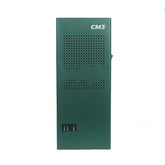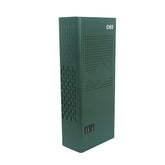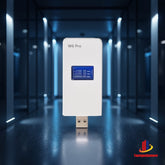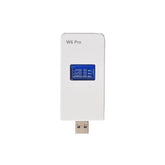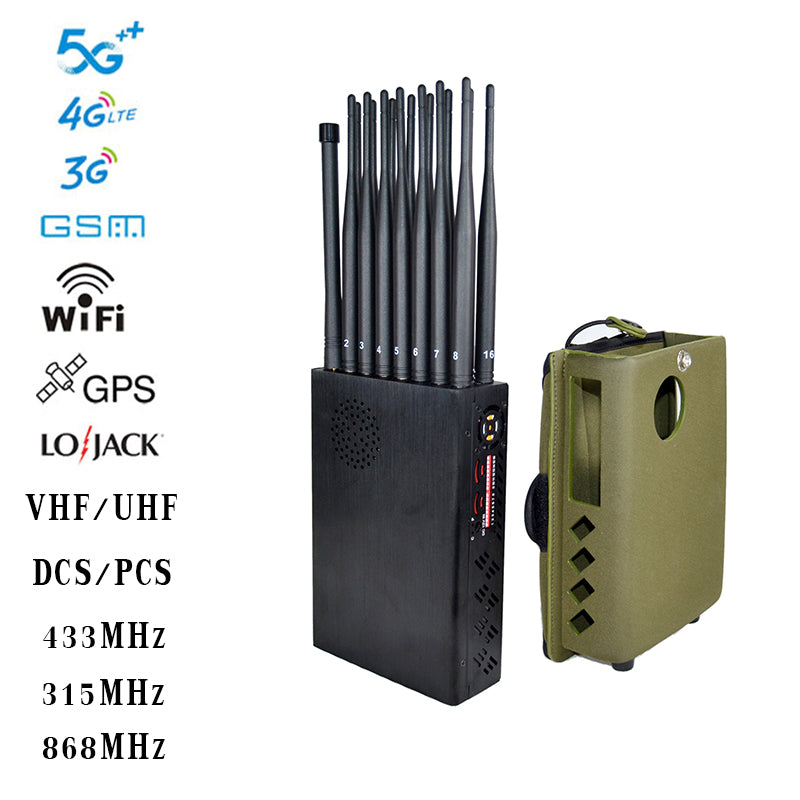Does the wireless jammer have the same shielding effect on dual-SIM phones?
Nowadays, many mobile phone users are using dual-SIM phones, that is, a mobile phone with two SIM cards installed and two mobile phone numbers, and the operators to which the two mobile phone numbers belong and the strength of the mobile phone signals will be displayed on the mobile phone screen. Then the question is, when carrying a dual-SIM phone into a workplace with a wireless jammer installed, will a wireless signal jammer have the same shielding effect on dual-SIM phones? Is it completely shielded at the same time? Or will there be different shielding effects?
For this problem, we need to distinguish several situations for discussion. The first situation is that although the two SIM card numbers correspond to different mobile phone numbers, they all belong to the same communication operator, and the base station currently registered for the two SIM card numbers is the same base station. In this case, the strength of the mobile phone signals received by the two mobile phone numbers in the mobile phone is almost exactly the same. Carrying the mobile phone gradually close to the installation location of the wireless jammer, the shielding effect is basically the same. We will see that the signals of the two mobile phone card numbers of the mobile phone will gradually weaken until they disappear completely and disconnect from the network.
The second situation is that although the two SIM card numbers belong to the same operator, if it is a busy area, there are many mobile phone users around, and there are many base stations, repeaters, micro base stations, etc., then the two SIM cards may be registered to different base stations. Observe the signal strength on the mobile phone and you will find that the signal strength of the two mobile phone numbers will be different. In this case, if you bring the mobile phone close to the wireless jammer, the effect of mobile phone shielding will be different. It is possible that the signal that has entered one of the mobile phone numbers is blocked, while the other mobile phone number still has a signal and can still use the number to communicate externally.
The third situation is that the two SIM card numbers belong to different communication operators. Since each operator has its own base station network, the two SIM card numbers will definitely be registered to different base stations. Because the distance between the base station and the mobile phone user, the size of the base station transmission power, the installation height of the base station antenna, the antenna transmission angle and direction, etc. will cause the mobile phone user to receive a large difference in the signal strength. The final result will be the same as the second case mentioned above. When the dual-SIM phone is close to the coverage area of the wireless jammer, the mobile phone numbers of two different operators will still have different shielding effects. And through detailed testing and comparison, we can even get some results like this: in the working environment of the same wireless jammer, the actual shielding distance of mobile phone numbers belonging to different operators will be different. The size of this difference will change with the change of the working environment. The key factor affecting the degree of change is the distance from the base station around the working environment.


